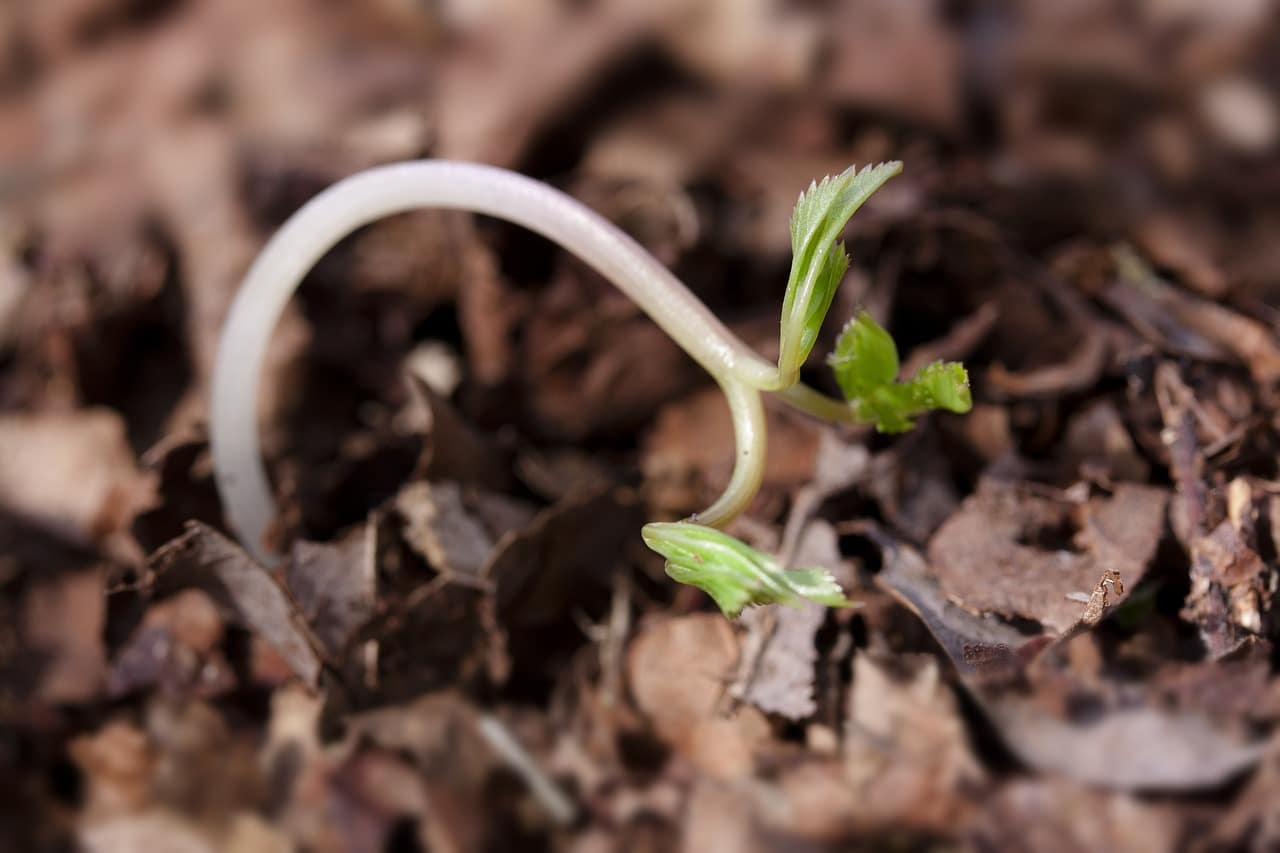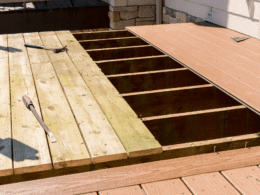Flowers or plants add beauty and color to your home. Plants, trees, shrubs, and new foliage add beauty and color to our yards. But what can you do if the plants are not healthy? Are you wondering how to save a dying plant or tree in your house or yard? If so, you have come to the right place. Today I will share with you how to revive a dying plant, how to tell if a plant is dying, and other tips for taking care of plants. I will also cover topics in this article such as how to save a dying orchid, things to check if your plant is dying and if it is worth trying to save a dying plant. So, let’s get started on learning how to bring a plant back to life.
How to Tell If Your Plant Is Dying
As soon as the leaves turn brown on your plant, you probably assume it is dead. And you may be right. Signs of a dead plant include brown leaves, leaves falling off the stems, or brown stems and no new flower growth. However, looks can be deceiving. Sometimes plants go dormant and will come back to life after given proper care. The following is a list of ways to tell if your plant is dead or alive.
Do the Snap-Scratch Test
If you are unsure if your plant is dead yet, you may want to try the snap-scratch test. To do the snap-scratch test, start by selecting the tip of a twig the size of a pencil. Hold the twig, and sharply bend it back on itself. If your plant is alive it will easily bend and the stem will eventually split. Dead plants, on the other hand, will snap cleanly with very little pressure and appear dry within. Next, you can try the scratch test. This test works best on a tree. To do this test, use your fingernail or a knife to scratch the bark off the tree. If the tree is alive, there will be green underneath the bark, and it will feel damp. If your tree is dead, it will be brown underneath the bark, and it will be hard to scrape the bark off the tree. You can also do this test on the stem of a regular potted plant. Remember to check all the stems for any sign of life or new growth.
Check the Roots
As I said earlier, looks can be deceiving. Even though your plant’s leaves may become brown and fall off, your plant’s roots may be completely healthy. That is why checking the roots of your plant is vital. To check the roots, pull the plant out of its pot. Dead plants will look mushy and have a foul odor. Healthy roots will be light and supple. Note that some plants will have both healthy and dead roots. If your plant’s roots have any sign of life, it is not dead. Also, plants with rotted roots will need treatment. The treatment is called a root rot treatment. The root rot treatment is where you remove the plant from its current pot and replant it in a different pot with new soil.
Check the Buds
Look at the flower buds. If your plant is alive, it will have plump buds that are beginning to swell. If you have a dead plant, the buds will look withered, limp, and off-color. Once you notice a bud that looks dead, press it firmly between your fingers. A dead bud will have flakes. Remember that just because your plant has dead buds doesn’t mean it is dead. Check the stems to see if there are any live flower buds.
Tips to Help Revive a Dying Plant
If you have done all the tests and determined that your plant is dead, it is time to try to revive it. Here are some easy and effective ways to revive your plants.
Water Your Plant If Needed
If you think your plant may be dying because of dehydration, then give it some water. Make sure you do not overwater it because this can lead to more problems. If you think over-watering your plant may have killed it in the first place, you will want to remove it from the soil it is in and add fresh soil in a new pot. Once your plant is in its new pot and soil, make sure you do not over water it.
Consider If Your Plant Is Getting too Much Light or Not Enough
If you have recently moved your plant to a new room, this may be what caused it to die. Try moving it back to where it was, or move it to a window that gets more sun. Even if you didn’t move your plant, perhaps you bought something new such as heavy drapes. Or maybe you planted a tree right in front of the window, and now it is blocking your plants from getting light. On the other hand, too much light can cause your plants to die as well. If this is the case, move your plant back to a shady area.
Place Your Plant in a Humid Room
Plants not only drink water from their roots, but they can also from their leaves. Try placing your dying plant in a room that is humid. Your dead plant may spring back to life as soon as it is in a humid room.
Prevent Insects from Reaching Your Plant
Insects can cause your plant or trees to die. Try keeping insects away by spraying your plants with water throughout the day. You may even need to apply mild soap onto the leaves. The soap repels insects from further damaging your plant. A good insect spray for your trees can be purchased at a local garden store.
Revive an Air Plant by Soaking It in Water
If you have an air plant that is dying, such as a Tillandsia, you may need to soak the plant in water. To do this, place your air plant into a bowl of lukewarm water. You may need to tie the plant to a heavy object so that it doesn’t float to the top of the water.
How to Save a Dying Orchid
If you have a dying orchid, the following are some tips that may help you revive your plant.
Water Your Orchid
Water the orchid with tepid water, especially if the pot is light when lifted. Fill the pot to the top with water, and allow the water to drain through the bottom holes. Continue doing this every four days. After the four days, continue watering once a week.
Prune the Tree
If your orchid tree is dying, perhaps you need to prune it. Make sure to cut off any dead branches. Do the snap-scratch test to find out which branches are dead and which branches are still alive. You can also remove any buds that are brown.
Make Sure Your Tree Gets Plenty of Light
Just like most plants, orchids need plenty of light. Make sure to plant your orchid in a place where plenty of light is available. If you are growing the orchid tree indoors, make sure you have it near a window that gets plenty of sun.
Is It Worth Saving a Dead Plant?
Now that you’ve learned how to bring a dead plant back to life, you may be wondering if it is worth saving the plant. In some cases, it makes more sense to buy another plant and start fresh. If the plant has sentimental value or if it is a rare plant, then you should definitely try to save it. Otherwise, it may be a good idea to replace it with a different, healthier plant.
Why Are My Plants Dying?
One question remains that you may be wondering: why are my houseplants dying? You are probably questioning if you are taking care of them properly. Here are the top reasons why your plants may be dying:
- You are not watering them enough – As I said earlier in this article, not watering your plants enough can lead to dehydration, which leads to death in your plant. If you notice your plant is starting to wither, give it some water. Water can do wonders for your plant and is all your plant needs to thrive again.
- You are watering them too much – Too much watering can cause a plant to die as well. If you think you have over watered your plants, you will need to transplant them into different pots. Make sure that plants have proper drainage.
- Insects are hurting your plants – Like I said earlier, insects can cause damage to your plants. Try applying water or mild soap to the leaves of your plant. This will deter insects from causing further damage your plants.
- Too much light – Is your plant getting too much light? If so, move your plant to a place that receives less sun.
- Not enough light – Did you recently move your plant to a shady spot? Did you plant a tree in front of the window? This may prevent your plant from getting enough light. Move your plants to a different window with access to the sun.
Final Thoughts
I hope this article has helped you learn how to revive a dead plant. Remember to give your plant plenty of sunlight and appropriate amounts of water. Avoid overwatering because it can also damage your plant. If you have a dying orchid, make sure to prune it often. Also, remember that looks can be deceiving. Although your plant may look like it has died, make sure to do the tests I have suggested before you assume it is dead. And lastly, remember that sometimes your plant cannot be saved. If you have done all the tips I have shared with you on how to revive a dead plant but none of them have worked, it may be time to buy a new plant.













